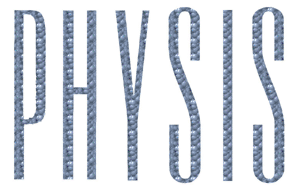This essay makes an interpretation of the neuroscience's theories that relate neurophysiologic functions and brain damages to the violent behavior in order to present some critical points about the use of these hypotheses in some work fields as criminal justice, education or any others. Although even neuroscientists acknowledge there aren't enough proves that criminal behavior could not be linked to discrete brain's functions, and also being controversial the use of neuroimages in criminal judgments, there is a present tendency to map children and teenager's brains to intervene as early as possible to prevent violence. It analyzes with caution these investments in brain scan polices. It remembers the core of historical mistakes made by Criminal Anthropology and Phrenology in XIX century, to advertise the risk of reducing the multiplicity of human emotions and violent reactions to neural causes, supposedly determining a criminal potential. In such sense, supported by psychoanalytical and constructivist premises, this work criticizes the reductionism of such a criminal neuroscience, showing the irreducibility of the linguistic, social and historical contribution as the potential plans for formation and transformation of subjectivity.
emotions; brain; violent behavior; psychoanalysis; neuroscience
